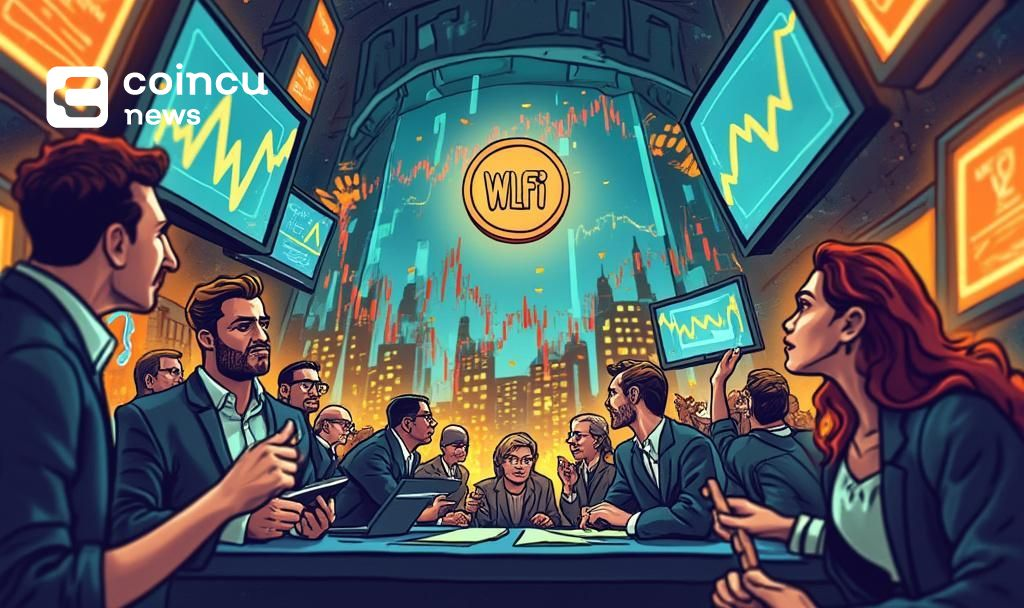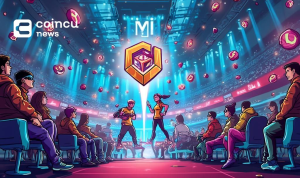$117859.534
At CoinCu News, we give both basic and in-depth articles on the latest news in the cryptocurrency and blockchain sectors.
John Kojo Kumi is a cryptocurrency researcher and writer specializing in emerging startups, tokenomics, and market dynamics within the blockchain ecosystem. With years of experience in crypto journalism and blockchain research, he provides in-depth coverage of decentralized finance (DeFi), NFTs, and Web3 innovations.
He holds a Bachelor of Arts in Geography and Rural Development from Kwame Nkrumah University of Science and Technology, Kumasi, bringing a multidisciplinary perspective to the evolving digital asset space. As a Crypto News Writer, he tracks and reports on industry trends, while his role as a Registrar at the Commission on Human Rights and Administrative Justice reflects his commitment to governance and transparency.
His expertise spans content strategy, SEO optimization, and technical research, enabling him to craft insightful, data-driven analyses. Passionate about blockchain’s transformative potential, he strives to equip readers with the knowledge to navigate the complexities of digital assets and decentralized technologies.
News
JPMorgan Explores Tokenized Deposits Amid Stablecoin Regulation Shift
JPMorgan's tokenized deposit trials and the GENIUS Act signal regulatory changes impacting stablecoin issuance.
Jul
Trump Signs ‘GENIUS Act’ Establishing Stablecoin Regulations
Trump signs the 'GENIUS Act,' setting a new regulatory framework for stablecoins in the U.S.
Jul
Pump.fun Transfers 2 Billion PUMP Tokens to Binance
Pump.fun deposits 2 billion PUMP tokens, valued at $12.75 million, into Binance.
Jul
21Shares Applies for Two New Cryptocurrency Index ETFs
21Shares moves to launch two crypto ETFs tracking top 10 cryptocurrencies by market cap.
Jul
Shanghai Court Sentences Figures in $6.5 Billion Crypto Exchange Case
Shanghai court convicts Yang and Xu for facilitating Tether-based illegal cross-border transactions worth 6.5 billion
Jul
UK Home Office Plans to Sell Seized Bitcoin
UK Home Office collaborates with police to sell seized bitcoin, valued over $7 billion.
Jul
UK to Liquidate Seized Bitcoin Worth $7 Billion
UK Home Office plans to liquidate $7 billion in seized Bitcoin to address financial deficits.
Jul
WLFI Token Tradability Approved, Market Anticipates Launch
WLFI token's tradability gains approval, sparking high market interest and speculation.
Jul
FTX Creditors Face Complex Bahamas Claim Process
Sunil Kavuri details additional steps for FTX creditors in Bahamas due to strict regulations.
Jul
[tptn_list how_old="7" limit="5" title_length="0" heading="0" show_date="0" ]
[tptn_list how_old="30" limit="5" title_length="0" heading="0" show_date="0" ]






















